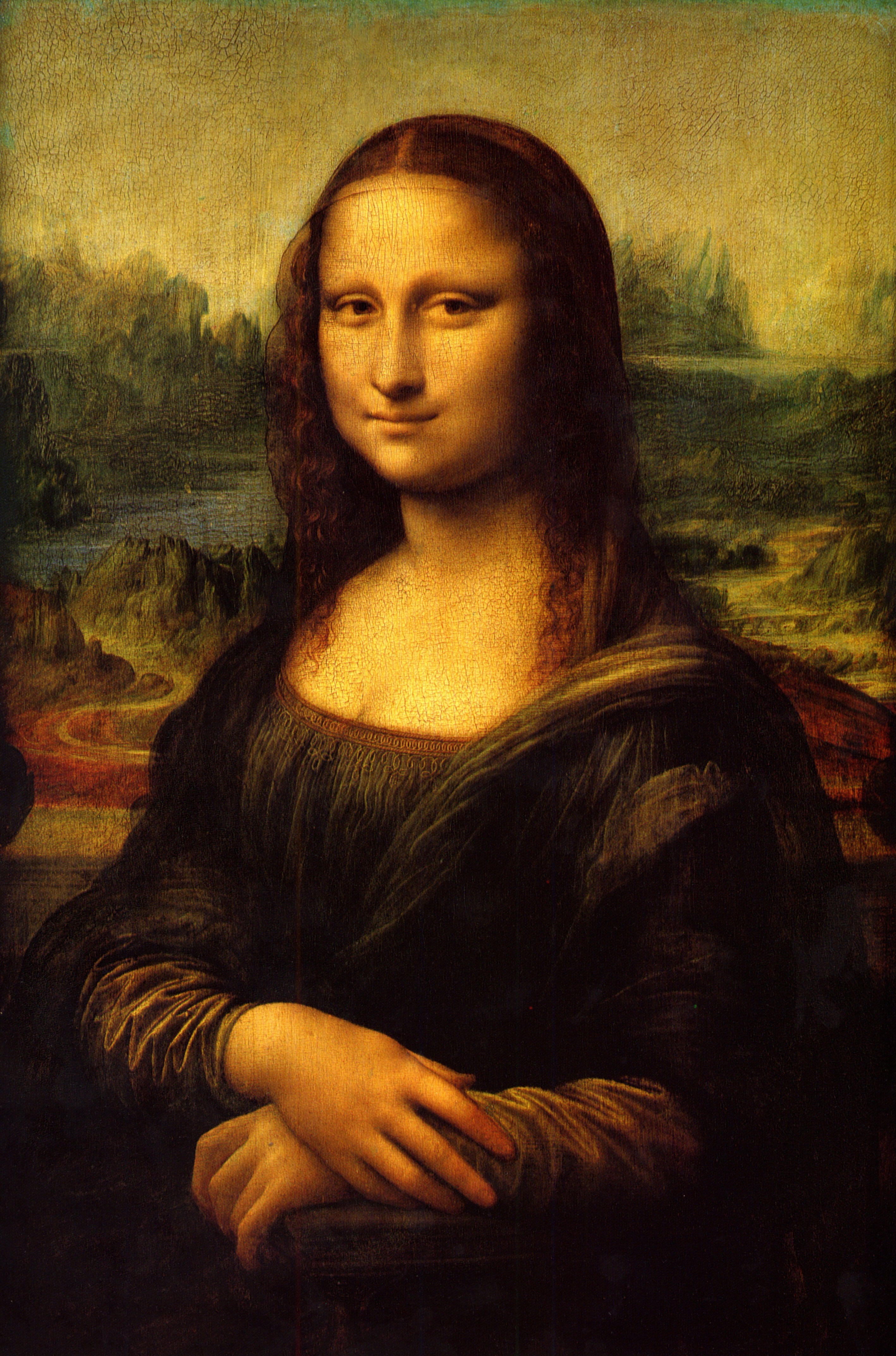Every so often I read something very well meaning and my initial response is 'Oh, dear lord, no', and then I feel like a right dick.
My most recent of these was this article in the Telegraph about a start-up's proposal (and Indiegogo campaign) to make 3D printable models of famous paintings to assist vision-impaired people to experiencing the artworks.
I applaud the urge - increasing access to art for a group who obviously finds visual art (and the touch-free way it is delivered in museums) incredibly hard to engage with. The Brooklyn Museum, for example, has made great use of 3D printed replicas of collection items as part of their sensory tours. Riah King-Wall recently wrote up a range of museum offerings in New Zealand for people with various disabilities.
But I'm kind of mystified as to why the company has chosen to run their campaign on the basis of a painting and not one of any number of equally famous sculptures. The 3D printed version of the Mona Lisa gives only the most generic indication of what might be happening in this work, which has enabled it to exert such cultural power - and completely ignores the landscape which forms such a significant element of the whole. How does the material of the printed object - the key piece of sensory information - relate in any way to the painted surface. And how can colour and perspective be conveyed?
The Unseen Art company's own promotional video of a woman handling the 3D print captures my question. While she notes that the object has aroused her curiosity, she also says "I’d like to have a guide here to tell me what is it that is so special about this." Going back to the Brooklyn Museum's sensory tours, a model of a sculpture is used as one of a number of props designed to recreate the original artwork in the participants' minds - all bound together by the words of the educator leading the session.
I don't mean to just lay into this idea, because it obviously comes from a very good place. But I do question the pedagogy and the relevance of it. In the sector, people are still trying to find ways that 3D printing technology might yet fit in ... I just don't think displays of printed-out paintings are going to be it. (Then again, Rembrandt Remastered exists, so I'm clearly not a great judge of anything.)
It did all make me think though - we have no art form that appeals specifically to the sense of touch. Visual art for sight, music for hearing, food and drink (I'd happily argue that they've been raised to an art form) for smell and taste. Dance may be kinaesthetically pleasing and you may feel a physical empathy with the dancer, but it is not exploiting the sense of touch. Fashion is more about visual effect than sensual experience. Interesting.


No comments:
Post a Comment